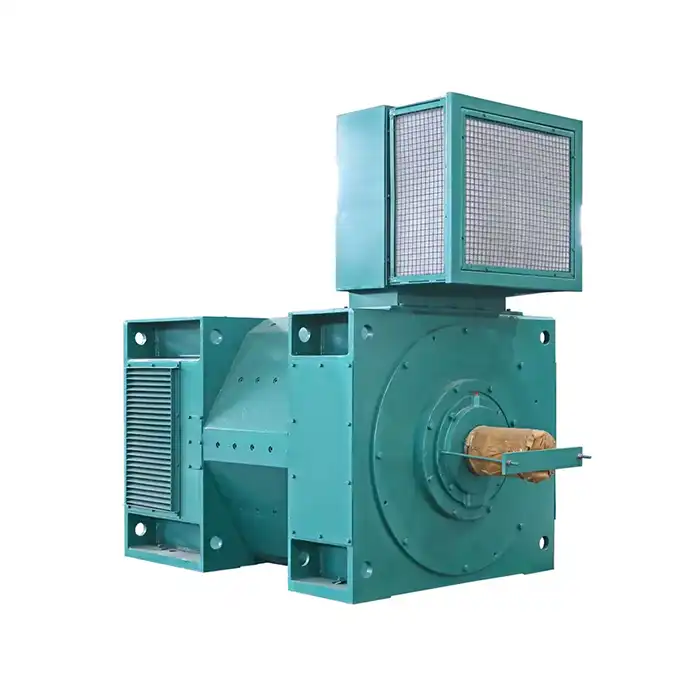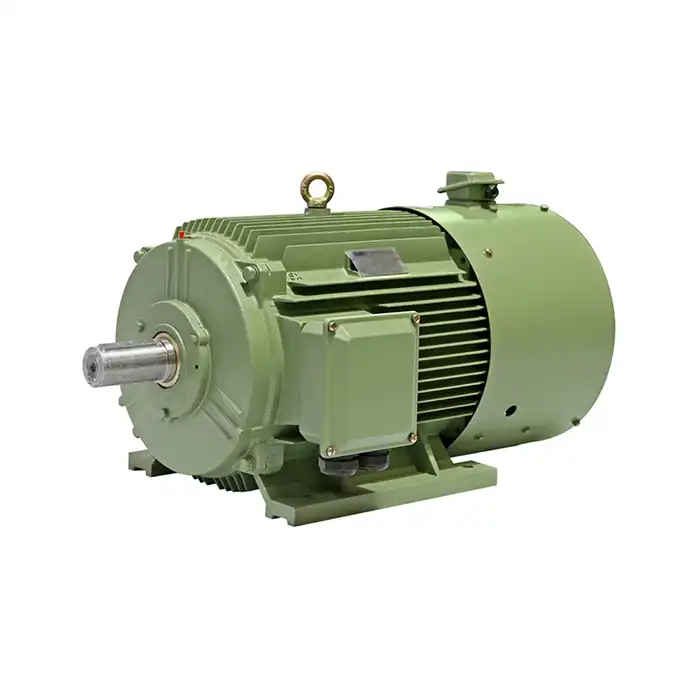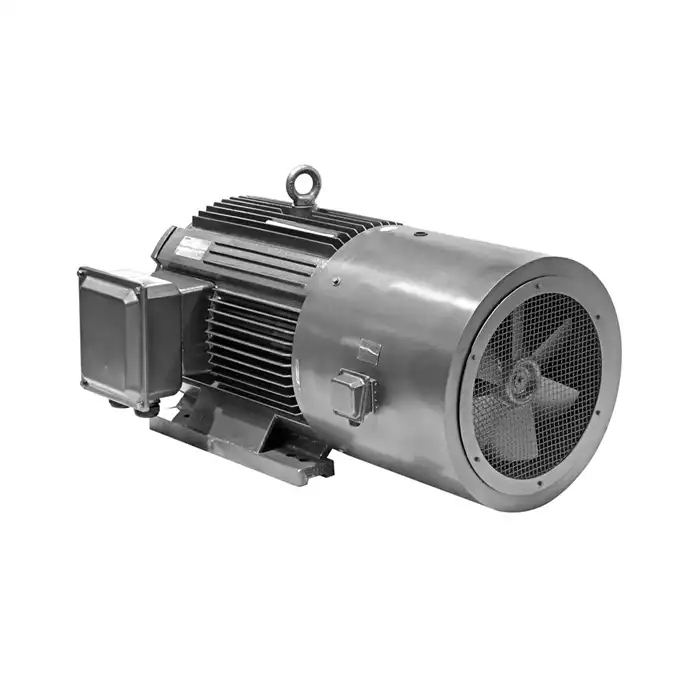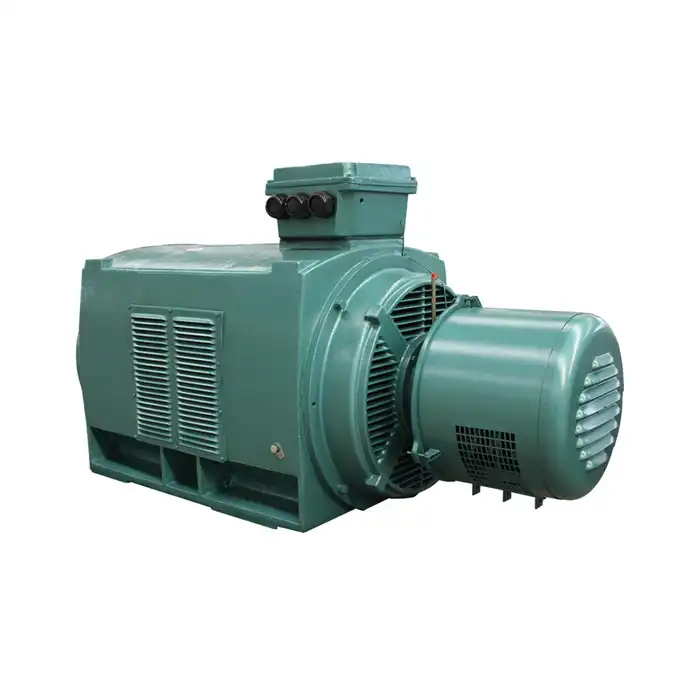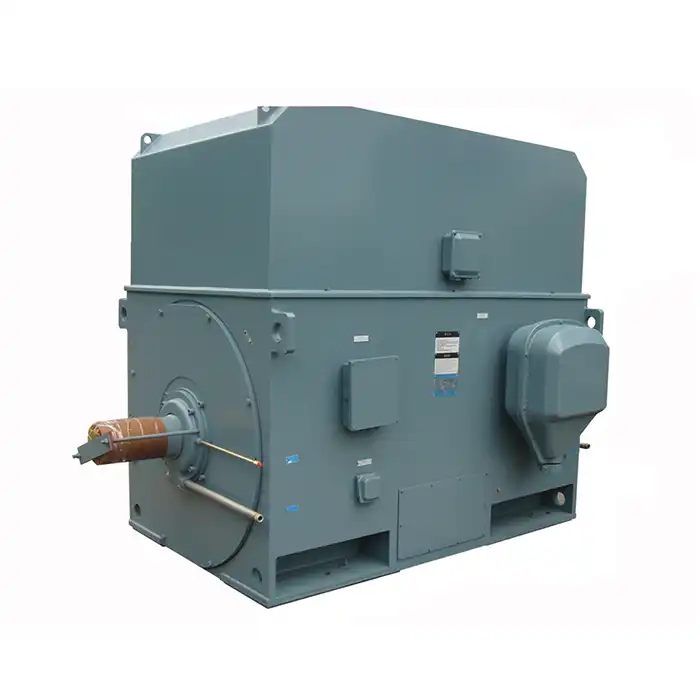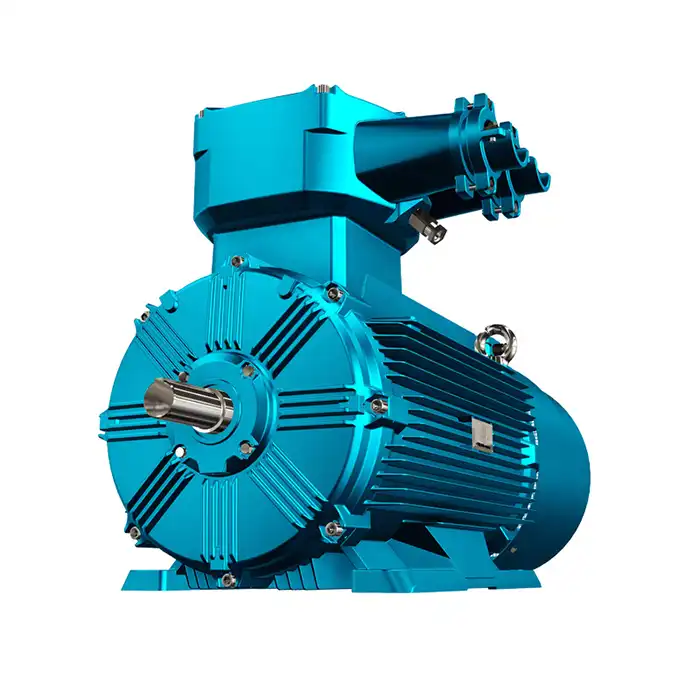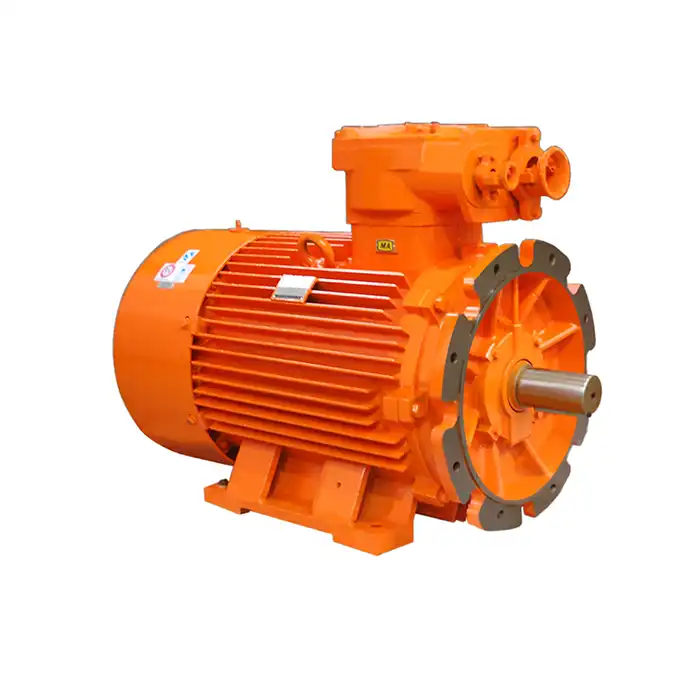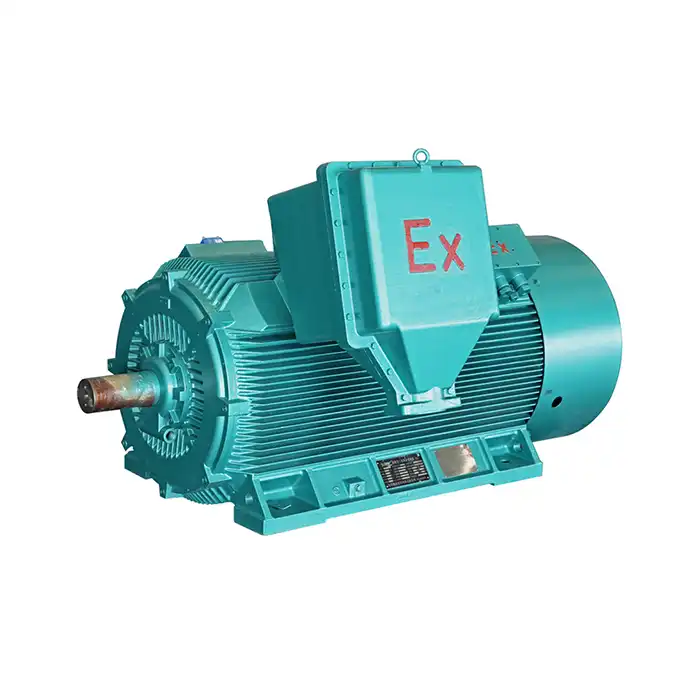Exploring the relationship between inertia and torque
Load inertia plays a significant role in determining the torque requirements of an IEC low voltage induction motor. Let's examine the fundamental concepts and their interplay in motor performance.
What is load inertia?
Load inertia refers to the resistance of an object to changes in its rotational speed. In the context of electric motors, it represents the mass moment of inertia of the load being driven by the motor. This property affects the motor's ability to accelerate or decelerate the load.
Torque and its significance
Torque is the rotational force produced by a motor to overcome the resistance of the load. It is a critical factor in determining a motor's ability to start, accelerate, and maintain the desired speed under various load conditions.
The inertia-torque connection
When a load with high inertia is coupled to an IEC low voltage induction motor, it requires more torque to achieve the desired acceleration or deceleration. This increased torque demand can impact motor performance in several ways:
- Starting torque requirements: Higher inertia loads necessitate greater starting torque to overcome the initial resistance and begin rotation.
- Acceleration time: Loads with high inertia take longer to reach the desired speed, affecting overall system efficiency.
- Deceleration characteristics: Stopping or slowing down high inertia loads requires more braking torque, which can strain the motor and drive system.
- Speed regulation: Maintaining a constant speed under varying load conditions becomes more challenging with high inertia loads.
Inertia ratio and its importance
The inertia ratio, defined as the ratio of load inertia to motor inertia, is a crucial parameter in motor selection. A high inertia ratio can lead to:
- Increased settling time
- Reduced system bandwidth
- Potential instability in servo systems
- Higher energy consumption during acceleration and deceleration
For optimal performance, it's generally recommended to keep the inertia ratio below 10:1, although this can vary depending on the specific application and control system capabilities.
Calculating load inertia for optimal motor selection
Accurate calculation of load inertia is essential for selecting the right IEC low voltage induction motor and designing an efficient drive system. Let's explore the methods and considerations for determining load inertia.
Basic inertia calculation principles
The moment of inertia for simple geometric shapes can be calculated using standard formulas. For example:
- Solid cylinder: J = (1/2) * m * r²
- Hollow cylinder: J = (1/2) * m * (r₁² + r₂²)
- Thin disk: J = (1/2) * m * r²
Where J is the moment of inertia, m is the mass, and r is the radius.
Compound shapes and complex loads
For more complex loads, the total inertia can be determined by:
- Breaking down the load into simpler geometric shapes
- Calculating the inertia of each component
- Summing up the individual inertias
- Accounting for any gear ratios or coupling effects
Inertia measurement techniques
In cases where theoretical calculations are impractical or insufficient, experimental methods can be employed to measure load inertia:
- Torsional pendulum method
- Acceleration/deceleration tests
- Specialized inertia measurement devices
Software tools for inertia calculation
Various software packages and online calculators are available to assist in determining load inertia for complex systems. These tools often integrate with CAD software and can provide accurate inertia values for intricate assemblies.
Considering variable inertia loads
Some applications involve loads with varying inertia, such as winders or machine tools with changing workpiece sizes. In these cases, it's crucial to consider the full range of inertia values and design the motor and control system accordingly.
Strategies to manage high inertia loads
When dealing with high inertia loads, several strategies can be employed to optimize the performance of IEC low voltage induction motors and ensure efficient operation.
Proper motor sizing
Selecting an appropriately sized motor is crucial when handling high inertia loads. Consider the following factors:
- Peak torque requirements during acceleration and deceleration
- Continuous torque needed to maintain speed
- Thermal capacity to handle extended acceleration periods
- Speed range and control requirements
Gearbox and transmission optimization
Implementing the right gearing solution can help manage high inertia loads more effectively:
- Use appropriate gear ratios to reduce the reflected inertia at the motor shaft
- Consider multi-stage gearboxes for extreme inertia ratios
- Evaluate the use of belt drives or other flexible coupling methods to absorb shocks and vibrations
Advanced control techniques
Implementing sophisticated control strategies can improve the performance of IEC low voltage induction motors with high inertia loads:
- Vector control or field-oriented control for improved dynamic response
- Adaptive control algorithms to compensate for varying inertia
- Feedforward control to anticipate and counteract inertial effects
- Notch filters to suppress resonant frequencies in high inertia systems
Energy storage and regeneration
For applications with frequent acceleration and deceleration cycles, consider incorporating energy storage or regenerative systems:
- Flywheel energy storage to assist during peak torque demands
- Regenerative drives to recover energy during deceleration
- Capacitor banks for short-term energy storage and peak power management
Mechanical design considerations
Optimizing the mechanical design of the load and drive system can help mitigate the challenges of high inertia:
- Minimize the inertia of rotating components through material selection and design optimization
- Use lightweight materials where possible without compromising structural integrity
- Consider the use of hollow shafts or other weight-reducing techniques
- Implement vibration damping and isolation measures to reduce stress on the motor and drive system
Soft-start and ramping techniques
Implementing gradual acceleration and deceleration profiles can help manage the torque demands of high inertia loads:
- Use soft-start devices or variable frequency drives (VFDs) with programmable ramp functions
- Implement S-curve acceleration profiles to reduce jerk and mechanical stress
- Consider multi-stage acceleration sequences for extremely high inertia loads
Thermal management
High inertia loads often result in extended acceleration times, which can lead to increased heat generation in the motor. Address thermal concerns by:
- Selecting motors with appropriate insulation classes and temperature ratings
- Implementing forced cooling systems when necessary
- Monitoring motor temperature and incorporating thermal protection devices
- Considering duty cycle and rest periods in intermittent operation applications
Choose XCMOTOR for Your IEC Low Voltage Induction Motor Needs
Understanding the relationship between load inertia and torque is crucial for optimal performance when choosing and operating an IEC low voltage induction motor. We are proud to be your go-to iec low voltage induction motor supplier after studying the effects of load inertia on motor torque and strategies for successfully handling loads with high inertia. Don't let high inertia loads hinder your operations – contact XCMOTOR today at xcmotors@163.com to discover how our motors can power your success.



